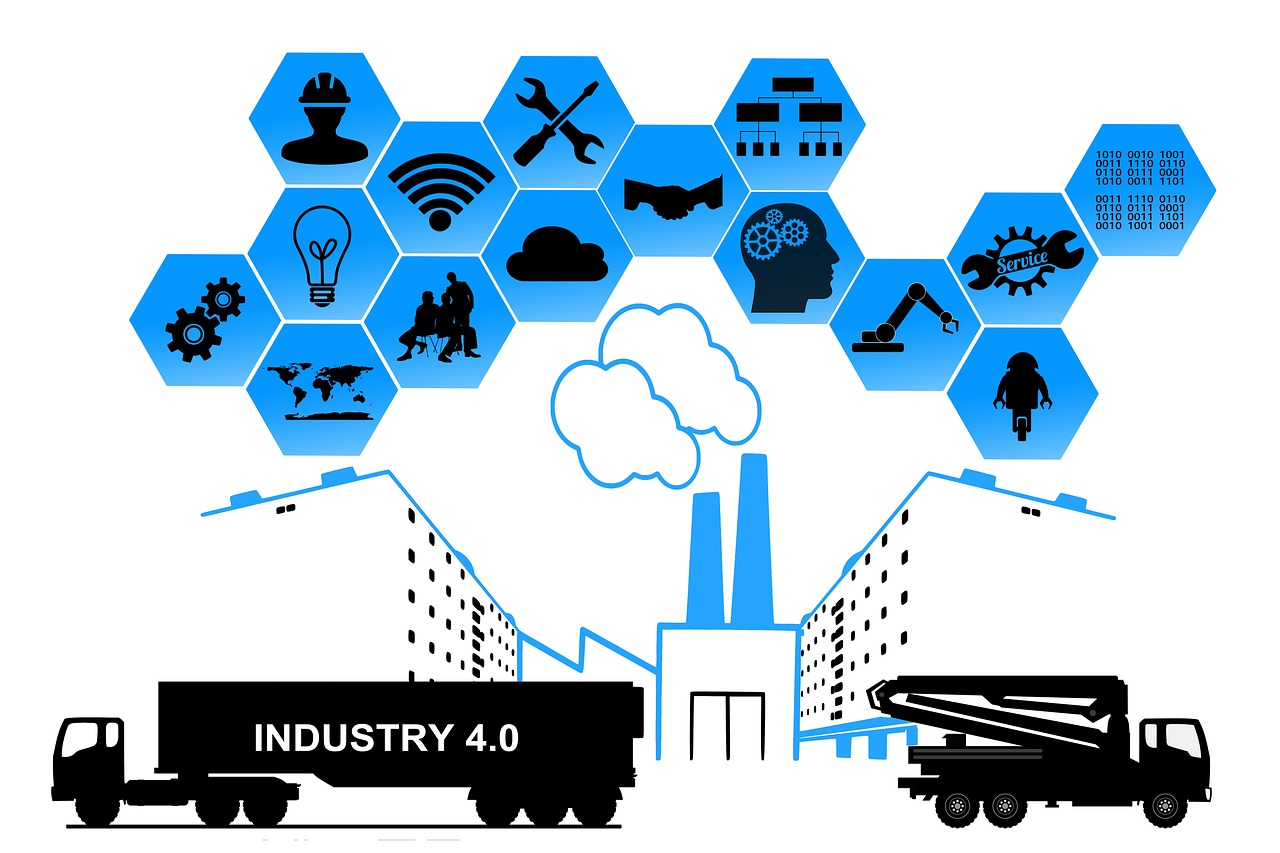The Rise of 6G Technology: What to Expect
6G technology, the next generation of wireless communication, is set to revolutionize the way we connect and interact with each other and the world around us. Building on the advancements of its predecessor, 6G aims to provide even faster speeds, lower latency, greater capacity, and improved reliability. It promises to enable ultra-high-definition video streaming, seamless virtual and augmented reality experiences, and the widespread adoption of Internet of Things devices.
One of the most intriguing aspects of 6G technology is its potential to harness terahertz frequencies, opening up a new realm of possibilities for data transmission. By leveraging these higher frequencies, 6G could support data rates several times faster than 5G, paving the way for new applications and services that were previously unimaginable. As we look ahead to the future of connectivity, 6G stands poised to redefine the boundaries of what is possible in the realm of wireless communication.
6G technology is the next generation of wireless communication
It aims to provide faster speeds, lower latency, greater capacity, and improved reliability
Promises ultra-high-definition video streaming and seamless virtual reality experiences
Utilizes terahertz frequencies for faster data transmission
Poised to redefine the boundaries of wireless communication
Evolution from 5G to 6G
The transition from 5G to 6G represents a major leap in the realm of wireless communication technology. As 5G networks continue to roll out across the globe, the evolution towards 6G is already gaining momentum. The advancements in 6G are expected to significantly enhance the speed, capacity, and reliability of wireless networks, paving the way for new possibilities in various sectors including healthcare, transportation, and entertainment.
With the potential to offer data speeds up to 100 times faster than 5G, 6G technology aims to revolutionize the way we connect and interact with the digital world. The development of 6G is not just about faster internet on our smartphones, but also about creating a connectivity infrastructure that can support emerging technologies such as artificial intelligence, virtual reality, and the Internet of Things. As the demand for higher data speeds and lower latency continues to grow, the shift towards 6G is seen as a crucial step towards building a more advanced and interconnected society.
Key Features of 6G Technology
One of the standout features of 6G technology is its impressive speed and low latency. With projected speeds up to 100 times faster than 5G, 6G will revolutionize how we connect and interact in the digital world. This enhanced speed will enable real-time communication, seamless streaming of high-definition content, and the ability to support increasingly complex applications such as virtual and augmented reality.
Another key feature of 6G technology is its focus on environmental sustainability. By optimizing energy efficiency and reducing carbon footprint, 6G aims to set new standards for eco-friendly technology. This commitment to sustainability not only benefits the environment but also helps to ensure the longevity and scalability of 6G networks for future generations.
What is 6G Technology?
6G technology is the next generation of wireless networks that is expected to surpass the capabilities of 5G technology in terms of speed, latency, capacity, and connectivity.
How does 6G technology evolve from 5G?
6G technology is expected to build upon the foundation laid by 5G technology by introducing even faster data speeds, lower latency, increased capacity, and more reliable connectivity.
What are some key features of 6G technology?
Some key features of 6G technology include terahertz frequencies for ultra-fast data speeds, holographic communication for immersive experiences, AI-powered network management, enhanced security protocols, and seamless integration of satellite networks.
How will 6G technology impact future industries?
6G technology is expected to revolutionize various industries such as healthcare, transportation, manufacturing, and entertainment by enabling advanced applications like remote surgery, autonomous vehicles, smart factories, and virtual reality experiences.
When can we expect to see 6G technology in action?
Although 6G technology is still in the early stages of development, it is expected to be commercially available by the end of this decade, with full-scale deployment projected for the 2030s.





